Friday, May 3rd, 2013. I’m in Scarborough Middle School, Maine, US. A banner across the entrance hall reads ‘You Are Now Entering THE KINDNESS ZONE’, a caution for bullies to take a break, I’m told. I’m here with Sarah Morriseau from the Gulf of Maine Research Institute to visit Mrs. B’s science class. The kids have been working with Vital Signs for the past week and today we are going on a field trip in search of the hemlock tree’s least welcomed resident (at least in these latitudes), the Woolly Adelgid. On the whiteboard Mrs. B has written a note on team jobs: one photographer, two species specialists and one data manager. Kids buzz around while she reminds everyone to be respectful of nature: ‘We are not destroying anything’. And out we go, pass the school’s sport grounds, beyond the pond and into the forest armed with species identity cards and datasheets. Forty minutes won’t count for much if your mind is not on the job. Kids quickly scatter looking for hemlock trees first, then tiny nymphs. We found it! Are you sure? Check against the ID card. Where’s your evidence? The mobile phone comes out. Take a photo. You hold it. That’s great.
On Monday I’m back in the classroom. On the way the taxi driver has assured me that the next president will certainly be a latino; that’ll be interesting, I think. Another glorious day weather-wise, pity we are staying indoors. Today the reminder on the whiteboard is for kids to check their datasheets: No blanks! warns Mrs. B. Team Wolverine’s data manager seems to struggle to fill the space about what happened when they were collecting data. The blank in question: ‘I am happy because…’ Are you not happy that you found the species?, I ask. ‘Well, yes but I’m sad too…’ comes his reply. ‘At least now you know where it is!’, me, always the arch-positive. ‘Oh yes!’ The pencil rushes. I wonder have I interfered with human history…
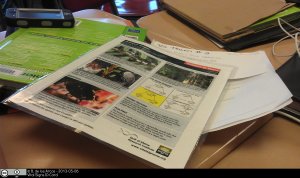 This is Vital Signs in action. It’s hard to imagine a more enjoyable research trip, really. The OER Research Hub project is collaborating with the Gulf of Maine Research Institute, in particular looking at Vital Signs, a citizen science program for middle school students in Maine. The project is funded by Hewlett and its content released under a under a Creative Commons Attribution (CC-BY) 3.0 License. The idea is genius. Scientists, keen on mapping the extent of invasive species in Maine, propose a mission on the Vital Signs website, i.e. Where is the hemlock woolly adelgid? Where isn’t it? Teachers organise kids to collect data that are then published online and verified by a species expert. Sarah Kirn, Vital Signs Program Manager, explains it better: “The emphasis is not on finding a species but on the evidence that you are collecting to back up your claim; (…) in science, just as important as what you don’t see is what you do see, and that’s not an intuitive point for kids. So (…) you get one of these species cards, go outside, you look to see whether you’ve found it or not, you make a claim, I did find or I didn’t find it and you back it up with evidence. You collect all that information and upload it to the website. You have to do a peer quality check first: students working in teams trade computers, each team look at each others work (…) What’s the quality of the statements that you made? Have you been very thorough and precise about your language and in describing things? Did you take the photographs that capture the most important characteristics of the species that you were looking at? (…) In the evidence and the critique there’s a lot of opportunity to work on critical thinking and reasoning.” Vital Signs is about learning science by doing science. ‘My kids are real scientists and this is real science that we are doing’, says Mrs. P. in Dover-Foxcroft – Se Do Mo Cha Middle School. And she adds: ‘I don’t care if they can identify a dragonfly. What I care about is that they can follow the process trying to identify what bug it is that we found that day (…) Ten years from now it doesn’t matter if they can still identify a dragonfly, but it does matter that they remember the scientific experience and how positive it was for them’.
This is Vital Signs in action. It’s hard to imagine a more enjoyable research trip, really. The OER Research Hub project is collaborating with the Gulf of Maine Research Institute, in particular looking at Vital Signs, a citizen science program for middle school students in Maine. The project is funded by Hewlett and its content released under a under a Creative Commons Attribution (CC-BY) 3.0 License. The idea is genius. Scientists, keen on mapping the extent of invasive species in Maine, propose a mission on the Vital Signs website, i.e. Where is the hemlock woolly adelgid? Where isn’t it? Teachers organise kids to collect data that are then published online and verified by a species expert. Sarah Kirn, Vital Signs Program Manager, explains it better: “The emphasis is not on finding a species but on the evidence that you are collecting to back up your claim; (…) in science, just as important as what you don’t see is what you do see, and that’s not an intuitive point for kids. So (…) you get one of these species cards, go outside, you look to see whether you’ve found it or not, you make a claim, I did find or I didn’t find it and you back it up with evidence. You collect all that information and upload it to the website. You have to do a peer quality check first: students working in teams trade computers, each team look at each others work (…) What’s the quality of the statements that you made? Have you been very thorough and precise about your language and in describing things? Did you take the photographs that capture the most important characteristics of the species that you were looking at? (…) In the evidence and the critique there’s a lot of opportunity to work on critical thinking and reasoning.” Vital Signs is about learning science by doing science. ‘My kids are real scientists and this is real science that we are doing’, says Mrs. P. in Dover-Foxcroft – Se Do Mo Cha Middle School. And she adds: ‘I don’t care if they can identify a dragonfly. What I care about is that they can follow the process trying to identify what bug it is that we found that day (…) Ten years from now it doesn’t matter if they can still identify a dragonfly, but it does matter that they remember the scientific experience and how positive it was for them’.
You can listen to an edited version of my interview with Sarah Kirn here.
On my first day in Portland, I visit the Cohen Center for Interactive Learning at GMRI, where 5th and 6th grade students come for a fantastic hands-on science LabVenture. In one of the tanks the blue lobster has molted, which apparently makes it more vulnerable to other tank inhabitants with great appetites. Judging by what’s on the menu in most restaurants in town, better in than out, I’d say…
Reblogged from: http://oscailte.wordpress.com/2013/10/18/the-lobster-connection/


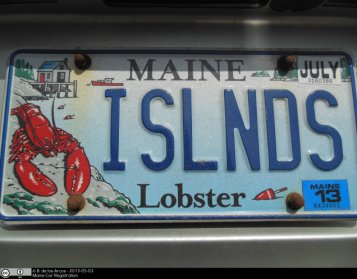
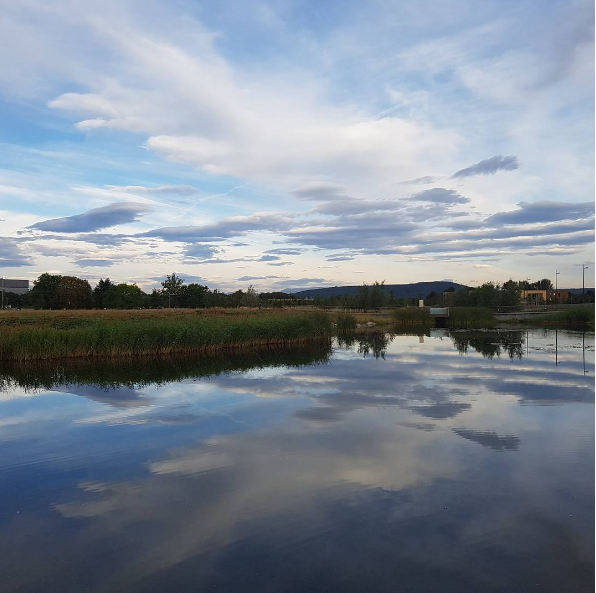
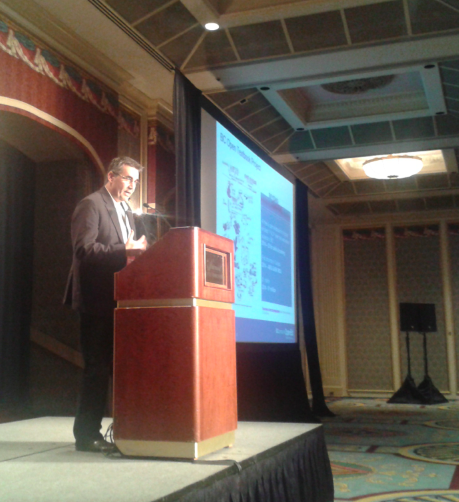
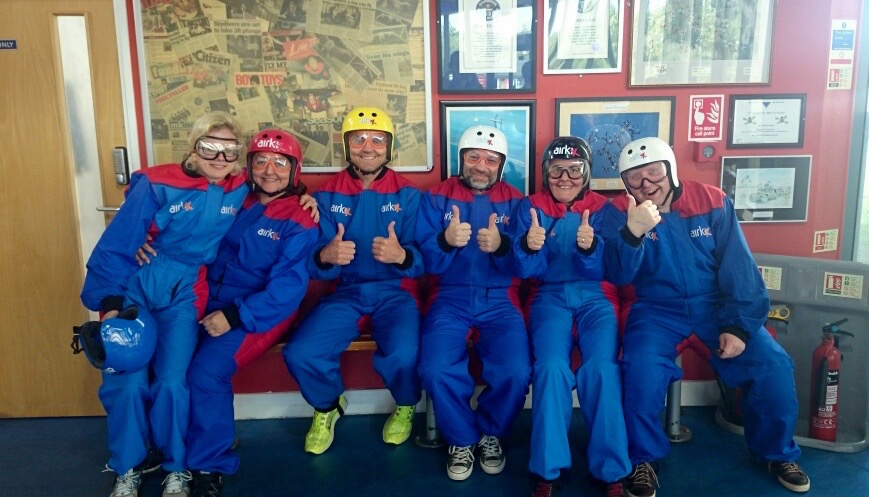

Leave A Comment